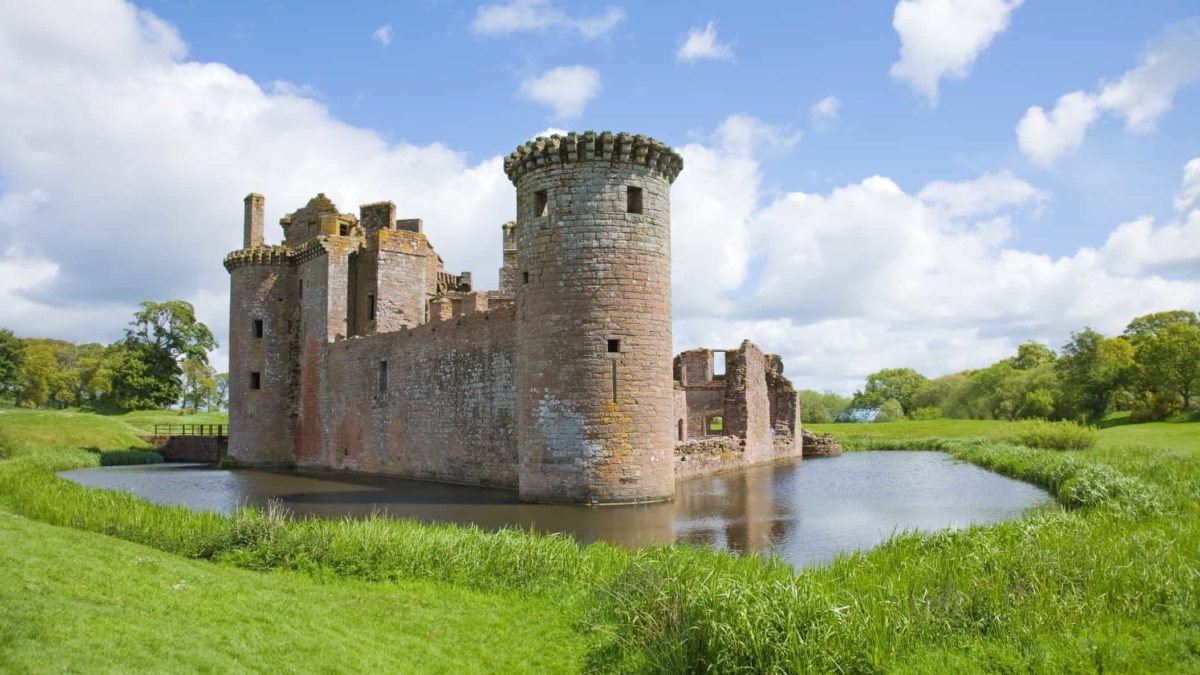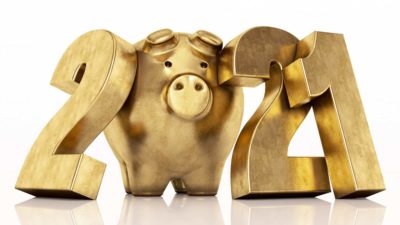One of the best investing books I think you can read is Pat Dorsey's 'The Little Book That Builds Wealth'. The book is an excellent guide to identifying businesses with robust economic moats or competitive advantages.
One important moat described in Dorsey's book is the moat of cost advantages, or cost moats. This refers to companies that can produce goods or services more cheaply than the competition, enabling them to win more customers and earn higher returns for shareholders. Cost moats are especially important in retail and commodity industries where price is a large part of a purchase decision.
Wesfarmers leads the pack on low-cost retail
The group of businesses that make up Wesfarmers Ltd (ASX: WES) exemplify the low cost advantage. The Wesfarmers retail arm includes large scale hardware chain Bunnings and big retail stores Kmart and Target. But in this example, let's just look at Bunnings, which has huge purchasing power supported by its more than 370 stores (as at 31 December 2019).
Bunnings' low cost model means that the business only reported an earnings before interest, tax, depreciation and amortisation (EBITDA) margin of 12.6%, in the 2019 financial year. However, Bunnings' sheer volume of sales turned that 12.6% margin into a monster return on invested capital (ROIC) of 50.1%!
Low-cost commodity kings
Cost advantages are essential for commodity producers because one product is interchangeable with the other. Price is the only difference to the customer, so being able to offer the lowest price is key to survival.
Fortunately, many ASX miners are able to operate at extremely low costs because of the enormous scale they operate on. Dividing overhead costs and exploration costs by vast quantities of gold, copper or iron helps Newcrest Mining Limited (ASX: NCM), BHP Group Ltd (ASX: BHP) and Fortescue Metals Group Limited (ASX: FMG) keep costs per unit down and maximise their returns.
Another example is LNG producer Woodside Petroleum Limited (ASX: WPL). Woodside's large scale projects, like Pluto LNG, and access to energy rich basins helps the company to keep production costs per unit especially low.
In the 2019 financial year, Woodside Petroleum's production cost per unit was just US$5.70 per barrel of oil equivalent (boe). Fellow energy producer Santos Ltd (ASX: STO) by comparison reported a unit production cost of US$7.24 per boe.
Foolish takeaway
Cost-based moats are incredibly valuable for retail companies and commodity producers that sell products that have no differentiation. If a company like Wesfarmers can sustain its low-cost advantage over the long term, it could make a highly prized addition to your investing portfolio.









